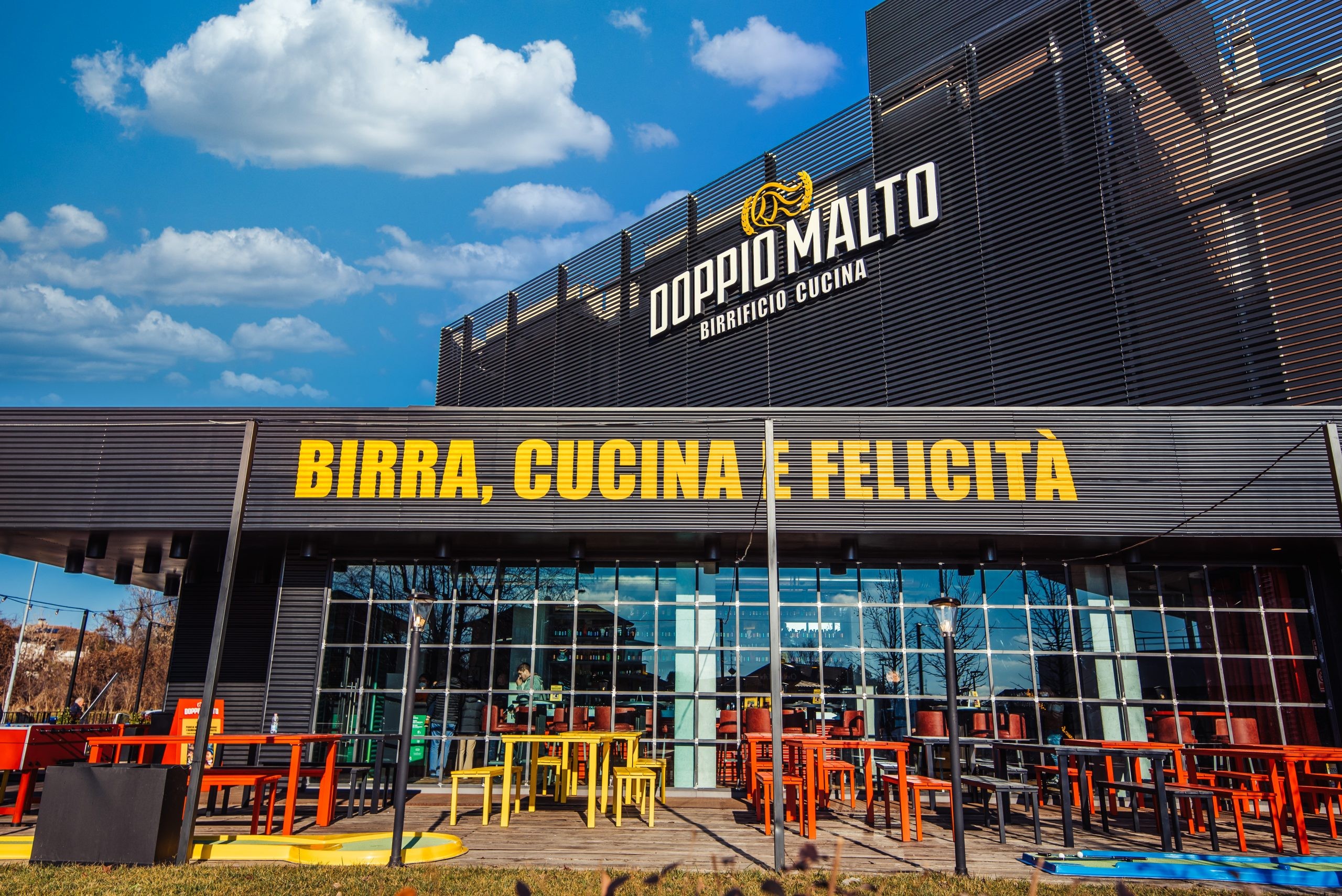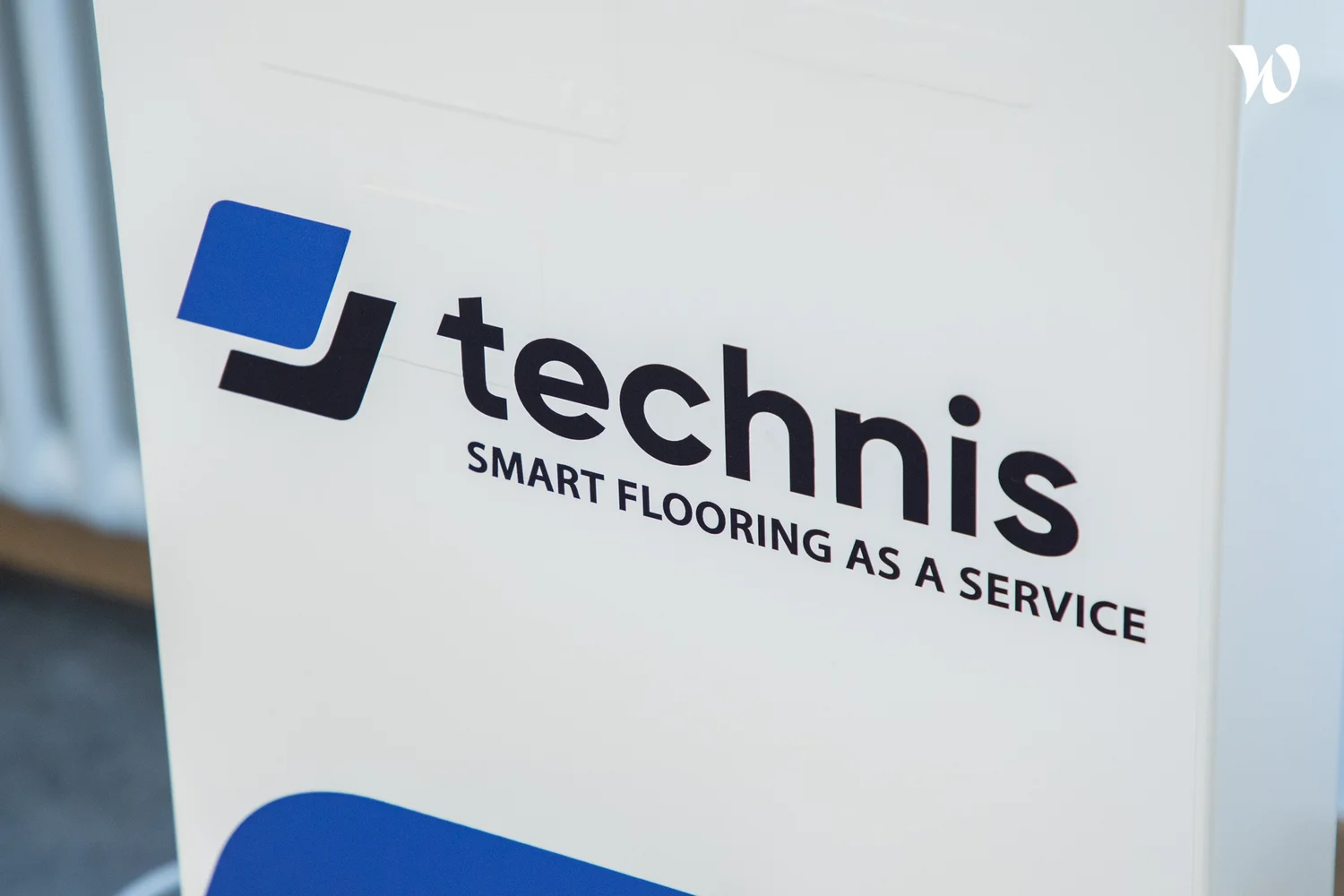Follow us on
Geoblink by MyTraffic allows us to contextualize locations in just half an hour, saving about two days per location—the time a Country Development Manager would spend traveling, analyzing, and returning to the office—thereby cutting both time and costs.

Leonardo Cingolani
Country Development Manager

Opening a new store involves finding and evaluating locations, negotiating with property owners, engaging new partners, maintaining franchisee relationships, and leveraging MyTraffic to ensure the best placements.
Product used


- Manual evaluation of new locations: count passages, observe traffic…
- Analyses based on self-experience, not supported by objective data
- Wasted time and resources
- Access to precise, dynamic traffic data such as customer behavior, seasonality, catchment area and visitor origin
- Preliminary one click analysis of pedestrian and vehicular traffic
Can you briefly introduce Teddy Group and the main missions of the company?
Teddy Group is an Italian fashion company that was born in Rimini in 1961. Our brands are: Terranova, Calliope, Rinascimento, and QB24. Thanks to them we express our passion for beauty and creativity. We support and follow our customers —women, men, and children — through every moment of their lives, embracing values of hospitality, inclusion, and accessibility.
Teddy is Italian at heart but has a global spirit: we have over 850 stores in 40 different countries, both corporate and franchising. Over the years, our Franchising formula has been the backbone of our development and what made us different: our aim is to create a strong and deep bond with our franchisee partners in order to strive together to overcome every challenge in a family-like atmosphere full of passion, dedication and expertise.
Can you tell us about your role and the challenges associated with it?
The key role of a Teddy Country Development Manager is to handle with all the matters related to the opening of a new store for each of our brands. We manage everything that could come up during the opening process and we take care of it in every aspect at 360 degrees.
When we have to open a new store, one of the first challenge we face is to look for new locations. We must evaluate them in every aspect and if they are suitable, we negotiate with landlords and property owners for them. Then, we have to identify and try to engage new partners to develop new stores. It’s also very important to maintain and take care of all the relationships with our long-standing franchisee partners.
It’s essential for a Teddy Country Development Manager to know every single street, square and mall to ensure we open new stores in the best locations. MyTraffic gives us a great support in analyzing these locations.
-min.jpeg)
Could you share a concrete example or a key metric illustrating your experience with MyTraffic?
One of the most concrete applications of MyTraffic is related to the customer origin analysis within catchment areas. The Shared Visitor analysis shows how many people from one neighborhood go to visit another one. This is very important when evaluating whether to open a store in a specific location and understanding whether people from different area and/or neighborhood come to the identified position.
This is very useful to us in order to identify the spot with the highest footfall. Moreover, it shows us if the new location could potentially have a negative impact to an existing store because it could attract people from that store’s area. Thanks to that, we can try to avoid “cannibalization” between our stores under the same brand.
Is there a daily use case for Geoblink you’d like to share ?
One of our recent uses of Geoblink was the analysis of the commercial impact following the opening of a new Primark store on Via Torino in Milan. Using MyTraffic’s footfall data, we measured a +28% increase in pedestrian traffic in the immediate area after the opening.
This surge in footfall translated into tangible business results for our nearby brands: the nearby Terranova recorded a +51.8% increase in store entries and a +25% rise in revenue, while the nearby Calliope saw entries increase by +40% and revenue grow by +30%.
Thanks to MyTraffic, we were able to quickly quantify the “Primark effect,” highlighting both the increase in traffic and the resulting uplift in commercial performance. This type of post-opening analysis gives us concrete and actionable insights to support strategic decisions for our brands and retail locations.
In what ways does Geoblink simplify the analysis of your stores and improve your strategic decision-making?
Before adopting MyTraffic Geoblink, we lacked access to comprehensive data on pedestrian and vehicle traffic across streets. Estimating traffic flows and footfall required physical site visits and manual counting, resulting in limited and approximate analyses.
While visiting locations in person is still essential for a complete and accurate assessment, MyTraffic Geoblink enables us to conduct preliminary analyses directly from the office. It provides accurate data and insights for all analyzed locations. With this information, Country Development Managers can perform deeper and more comprehensive evaluations during site visits.
Geoblink gives us access to extensive data on pedestrian and vehicle flows, allowing us to filter and extract specific insights as needed. It also enables us to analyze traffic trends over time and study customer behavior in specific areas, including their purchasing preferences and movement patterns. Catchment area data helps us understand where individuals come from and how they move.
Armed with these insights, site visits become more efficient, ensuring thorough location analysis. Additionally, MyTraffic has proven particularly valuable for evaluating suburban locations, where obtaining reliable data is often challenging or even impossible.
How else do you use Geoblink ?
Another important way we use Geoblink is for cannibalization risk management when planning new store openings. By combining isochrones and customer origin analysis, we are able to understand precisely where visitors to our existing stores come from.
In one case, we estimated how many customers could shift from Pistoia to Agliana and calculated the potential revenue impact. The data showed a limited –6% revenue impact on Pistoia, which remains profitable, while Agliana met performance expectations. Thanks to Geoblink, we were able to validate our expansion strategy, maximize traffic, and avoid store overlap.
-min.jpeg)
How does Geoblink help you identify new growth opportunities and boost the performance of your network?
With our brands Terranova, Calliope, and Rinascimento, we are present in city centers, shopping malls, suburban areas, and retail parks. MyTraffic has made it possible to access data on footfall and vehicle traffic in suburban areas, simplifying the development of these locations. These areas have become a key driver of growth for our brands today.
How do you use insights from Geoblink to refine your expansion strategy?
Thanks to MyTraffic, we have access to extensive data that supports our development strategies. For example, we’ve used it to identify streets with the highest traffic in areas where our brands are not present yet.
Which Geoblink data helps you better understand the potential of your locations?
We most frequently analyze data such as the number of pedestrian and vehicle passages and their trends over time. We also use the Road Segment feature to compare streets within an area, and the heatmap to analyze traffic between streets or within a specific street or shopping mall. Additionally, the 'Shared Visitor' feature helps us understand where visitors to a particular location are coming from.
%2520(1).jpeg)
How do Geoblink's analytics guide your choices in marketing and merchandising?
Teddy owns stores all over the world and some of them are located in the most prestigious streets of the cities where they are located. Flagship stores can also have a marketing purpose due the very high footfall. Teddy's first goal is to open and manage stores that generate profit for both the franchisee and the company and identifying locations with the highest pedestrian and vehicle traffic.
Before using MyTraffic, we relied heavily on manual street counts and intuition. Today, we can run precise pre-analyses in a few clicks, analyze pedestrian and vehicle flows over time, and understand catchment areas instantly. This transformation has made our expansion strategy faster, more efficient, and data-driven.
In your view, what are the main advantages of MyTraffic in supporting your development projects in the short, medium, and long term?
MyTraffic is a tool that helps Teddy's Country Development Manager filter the most promising locations and conduct preliminary analysis directly from the office, saving both time and costs.
The key role of a Teddy Country Development Manager is to handle all the matters related to the opening of a new store for each of our brands. We manage everything that could come up during the opening process and we take care of it in every aspect at 360 degrees. We also build and maintain key relationships with owners, lessors, brokers, and partners, scout and negotiate the best locations and opportunities.

Leonardo Cingolani
Country Development Manager







-min.jpg)






